Home>Gardening & Outdoor>Landscaping Ideas>When Should Pampas Grass Be Cut Back
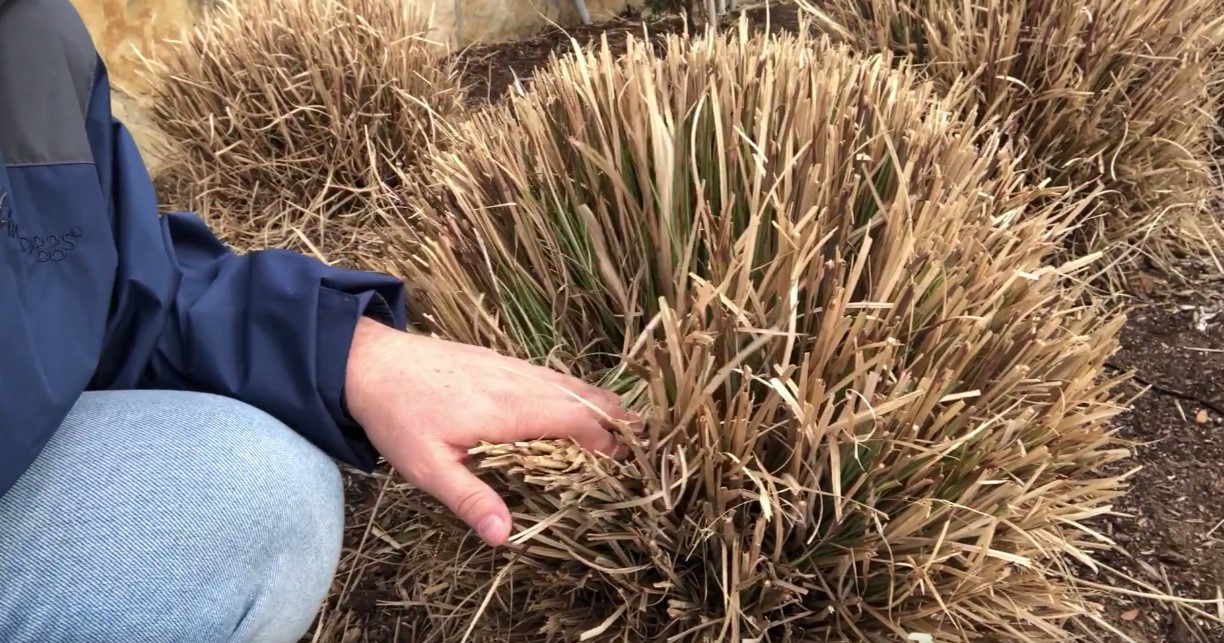

Landscaping Ideas
When Should Pampas Grass Be Cut Back
Modified: February 18, 2024
Learn the best timing for cutting back pampas grass to keep your landscaping looking its best. Discover expert landscaping ideas and tips.
(Many of the links in this article redirect to a specific reviewed product. Your purchase of these products through affiliate links helps to generate commission for Storables.com, at no extra cost. Learn more)
Introduction
So, you've got a stunning pampas grass plant gracing your landscape, adding a touch of elegance and natural beauty to your outdoor space. However, as with any plant, proper maintenance is essential to keep it thriving and looking its best. One of the key aspects of caring for pampas grass is knowing when and how to trim it back. In this article, we'll delve into the intricacies of pampas grass care, focusing on the optimal time for cutting it back to ensure a healthy and vibrant display.
Pampas grass, with its feathery plumes and towering stature, has become a beloved ornamental grass in landscaping. Its ability to add texture, movement, and visual interest to gardens and outdoor areas has made it a popular choice for many homeowners and landscape designers. However, to maintain its allure and prevent it from becoming unruly, knowing the right time to trim back pampas grass is crucial.
In the following sections, we'll explore the nature of pampas grass, understand the best timing for cutting it back, and learn the proper techniques to ensure a successful trim. By the end of this article, you'll be equipped with the knowledge and confidence to keep your pampas grass in optimal condition, enhancing the overall appeal of your outdoor environment. Let's embark on this insightful journey into the world of pampas grass care and maintenance.
Key Takeaways:
- Trim pampas grass in late winter or early spring to keep it healthy and tidy. This helps the plant grow fresh foliage and plumes for a vibrant display in the upcoming season.
- When cutting back pampas grass, secure the foliage, trim to 12-18 inches, and use sharp tools for clean cuts. This ensures the plant’s health and minimizes disruptions to the landscape.
Read more: When To Cut Pampas Grass
Understanding Pampas Grass
Pampas grass, scientifically known as Cortaderia selloana, is a perennial flowering plant native to South America, particularly the pampas region of Argentina and Brazil. Renowned for its tall, graceful plumes and robust, fountain-like foliage, pampas grass has gained popularity as an ornamental plant in various regions across the globe. Its striking appearance and adaptability make it a prized addition to landscaping designs, often used to create visual interest, privacy screens, or natural barriers in outdoor spaces.
One of the most distinctive features of pampas grass is its remarkable size. Mature plants can reach impressive heights, with plumes extending even further. This makes them a standout feature in any landscape, especially when positioned as focal points or used to add vertical dimension to gardens. The plumes themselves are densely packed with silky, feather-like strands, which sway gracefully in the breeze, adding movement and a sense of ethereal beauty to the surroundings.
When it comes to cultivation, pampas grass is relatively low-maintenance, thriving in a variety of soil types and climate conditions. It is known for its resilience and ability to withstand drought, making it suitable for arid and semi-arid regions. However, it is important to note that the plant can spread vigorously through its underground rhizomes, and without proper containment, it may encroach upon other plantings or areas of the landscape.
Despite its many virtues, pampas grass does require regular care and attention to ensure its health and aesthetic appeal. This includes periodic trimming to manage its growth, promote new growth, and maintain its overall appearance. Understanding the nature of pampas grass, including its growth habits and environmental needs, is essential for effective maintenance and long-term enjoyment of this striking plant.
Now that we have a better grasp of what makes pampas grass such a captivating addition to landscapes, let’s explore the optimal timing for cutting back this ornamental grass to keep it looking its best.
When to Cut Back Pampas Grass
Timing is crucial when it comes to trimming back pampas grass. The ideal time to undertake this task is in late winter or early spring, typically around February or March, before the plant enters its active growth phase. This timing allows for the removal of old, spent foliage and plumes before the new growth emerges, ensuring a rejuvenated and tidy appearance for the upcoming growing season.
Trimming pampas grass during late winter or early spring offers several advantages. Firstly, the plant is in a dormant state during this period, making it easier to access and work with. Additionally, cutting back the grass before new growth begins minimizes the risk of damaging emerging shoots and ensures that the plant expends its energy on producing fresh, healthy foliage and plumes.
Another important consideration when determining the timing for cutting back pampas grass is the local climate and growing conditions. In regions with milder winters, where pampas grass may retain its structure and color throughout the colder months, it is still advisable to carry out the trimming process in late winter. By doing so, the plant can be revitalized and rejuvenated, setting the stage for robust growth and a vibrant display in the coming months.
It is worth noting that while late winter to early spring is generally the most suitable time for cutting back pampas grass, the specific timing may vary based on individual climate patterns and the plant’s growth cycle in a particular location. Observing the plant’s behavior and growth patterns from year to year can provide valuable insights into the optimal timing for trimming in a specific environment.
By understanding the significance of timing in the care of pampas grass, you can ensure that the trimming process is carried out at the most opportune moment, setting the stage for a healthy, vigorous, and visually appealing display throughout the growing season. With the timing aspect covered, let’s delve into the essential techniques for effectively cutting back pampas grass to maintain its beauty and vitality.
Pampas grass should be cut back in late winter or early spring before new growth starts. Use sharp shears to trim the grass to about 12 inches above the ground to promote healthy regrowth.
How to Cut Back Pampas Grass
Trimming back pampas grass requires careful consideration and the right approach to ensure a successful outcome. Before embarking on the task, it is essential to gather the necessary tools, including sturdy gloves, long-handled pruning shears or hedge trimmers, and protective eyewear to shield your eyes from debris. It’s important to approach the process with caution, as the sharp leaves of pampas grass can cause skin irritation, and the plumes can release airborne particles when disturbed.
When preparing to trim pampas grass, begin by securing the foliage and plumes to prevent them from scattering and causing a mess. Using twine or bungee cords, gently bind the foliage together, creating a compact bundle that will facilitate easier cutting and cleanup. This step also helps minimize the dispersal of seeds, which can lead to unwanted seedlings in the surrounding areas.
Once the grass is secured, carefully assess the height at which you intend to trim it. While pampas grass can be pruned to varying heights based on personal preference and the specific design goals for your landscape, it is generally recommended to leave a portion of the foliage intact to protect the plant and facilitate regrowth. Aim to trim the grass to a height of around 12 to 18 inches from the ground, ensuring that you avoid cutting into the crown or base of the plant, which could impede its ability to regenerate.
With the height determined, proceed to cut back the grass using the pruning shears or hedge trimmers. Employ steady, deliberate motions to achieve clean, even cuts, taking care to avoid jagged or uneven edges that could detract from the plant’s appearance. As you work, periodically check the integrity of the tools to ensure that they remain sharp and effective, allowing for smooth and efficient cutting.
Once the trimming is complete, carefully remove the bound foliage and plumes, gathering them for disposal or composting. Be mindful of any seeds or airborne particles that may be released during this process, taking precautions to minimize their spread and impact on the surrounding environment.
Following the trimming and cleanup, take the opportunity to inspect the overall health of the plant, looking for signs of damage, disease, or pest infestations. Address any issues promptly to support the plant’s recovery and vitality as it enters the new growing season.
By adopting these careful and considered techniques for cutting back pampas grass, you can maintain the plant’s health and visual appeal while minimizing potential disruptions to the surrounding landscape. With the proper timing and approach, your pampas grass will flourish, contributing to the beauty and allure of your outdoor space.
Conclusion
In conclusion, the care and maintenance of pampas grass play a pivotal role in preserving its striking beauty and ensuring its longevity in the landscape. By understanding the nature of pampas grass, including its growth habits and environmental needs, you can effectively manage its upkeep and contribute to a visually captivating outdoor environment.
Timing is of the essence when it comes to cutting back pampas grass. The late winter to early spring period, typically around February or March, presents an opportune time for trimming, allowing for the removal of old foliage and plumes before the onset of new growth. This strategic timing sets the stage for a rejuvenated and tidy appearance, promoting healthy regrowth and a vibrant display in the upcoming growing season.
When approaching the task of cutting back pampas grass, it is important to exercise caution and employ the right techniques. Securing the foliage and plumes, determining the appropriate trimming height, and using sharp, reliable tools are essential steps in achieving a successful outcome. By taking these measures, you can maintain the plant’s health and visual appeal while minimizing disruptions to the surrounding landscape.
As you engage in the process of trimming and caring for your pampas grass, it is also an opportunity to appreciate the plant’s resilience and the unique aesthetic it brings to your outdoor space. The graceful plumes, robust foliage, and distinctive presence of pampas grass contribute to a sense of natural beauty and tranquility, enriching the overall landscape and providing a captivating focal point.
Ultimately, the proper care and timely trimming of pampas grass are essential for preserving its allure and ensuring its continued contribution to the visual harmony of your outdoor environment. By adhering to the guidelines outlined in this article, you can cultivate a thriving and captivating display of pampas grass, enhancing the charm and appeal of your landscape for years to come.
With a deeper understanding of the optimal timing and techniques for cutting back pampas grass, you are well-equipped to embark on this essential aspect of plant care, fostering a healthy and vibrant display that enriches your outdoor surroundings.
Frequently Asked Questions about When Should Pampas Grass Be Cut Back
Was this page helpful?
At Storables.com, we guarantee accurate and reliable information. Our content, validated by Expert Board Contributors, is crafted following stringent Editorial Policies. We're committed to providing you with well-researched, expert-backed insights for all your informational needs.
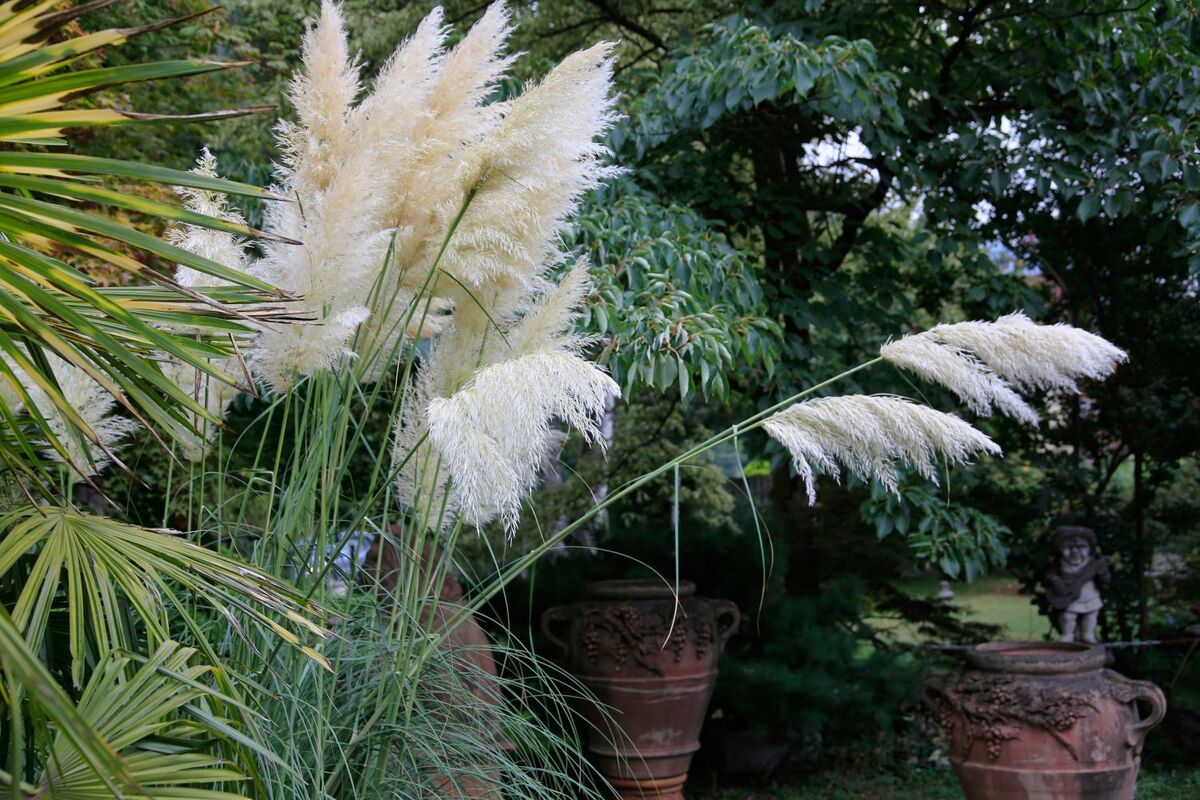

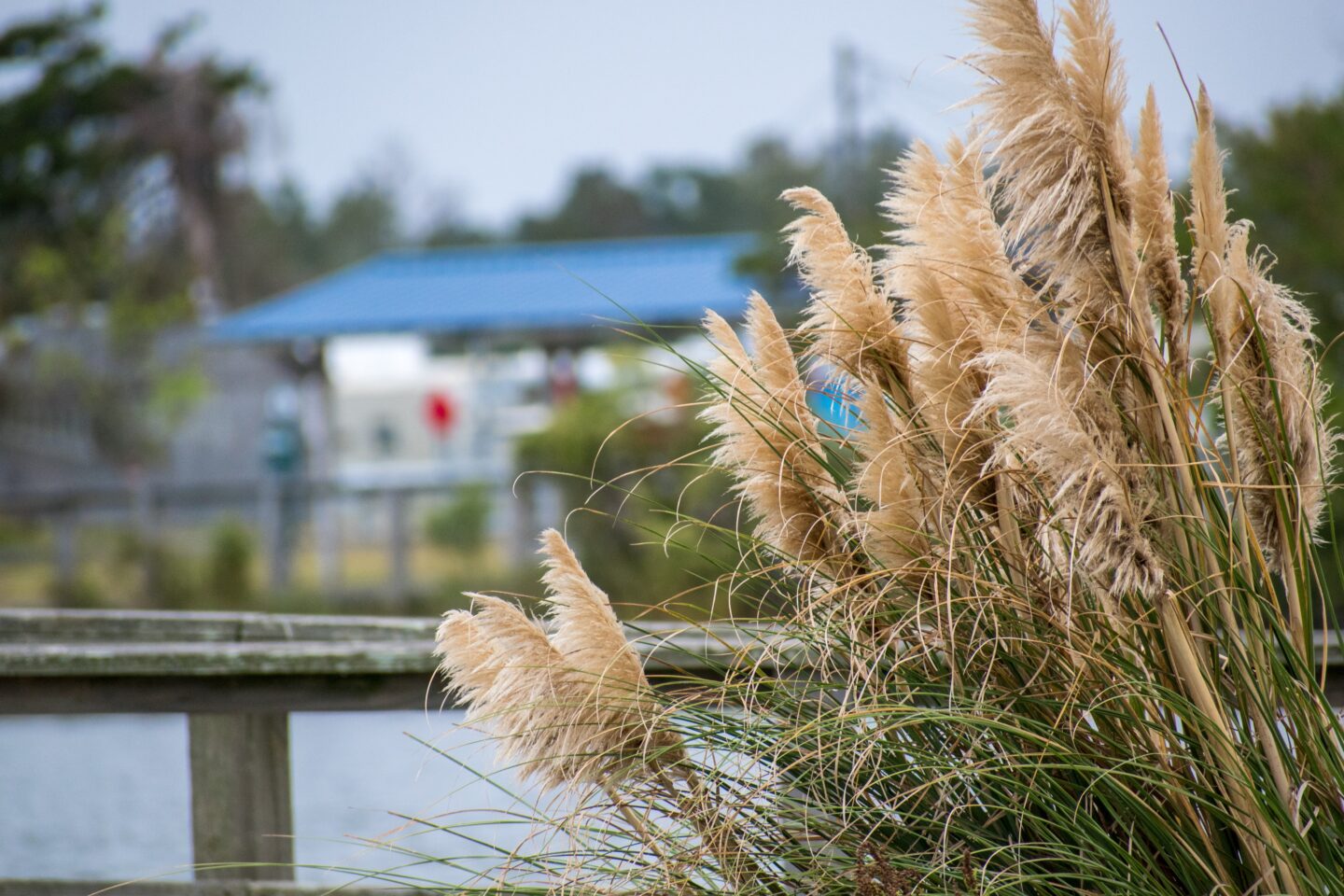


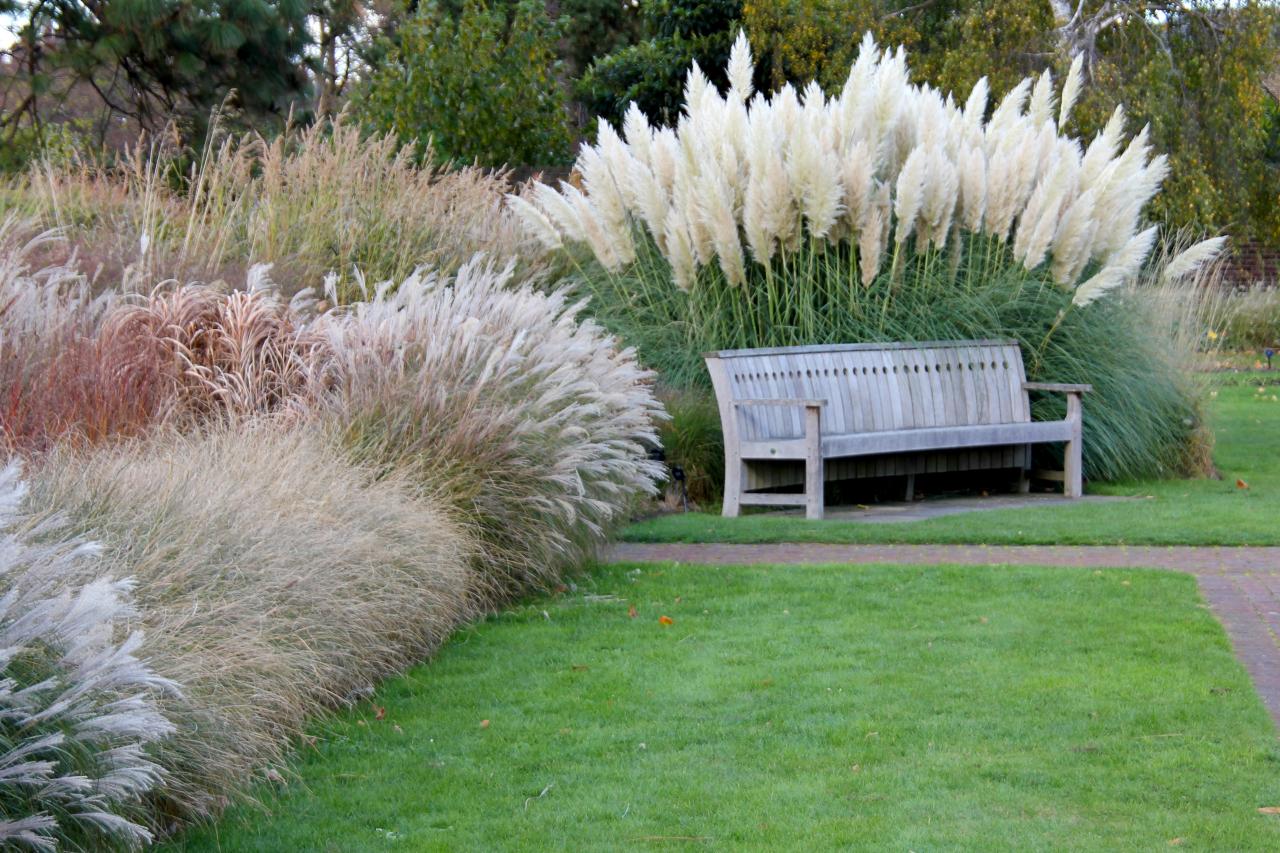
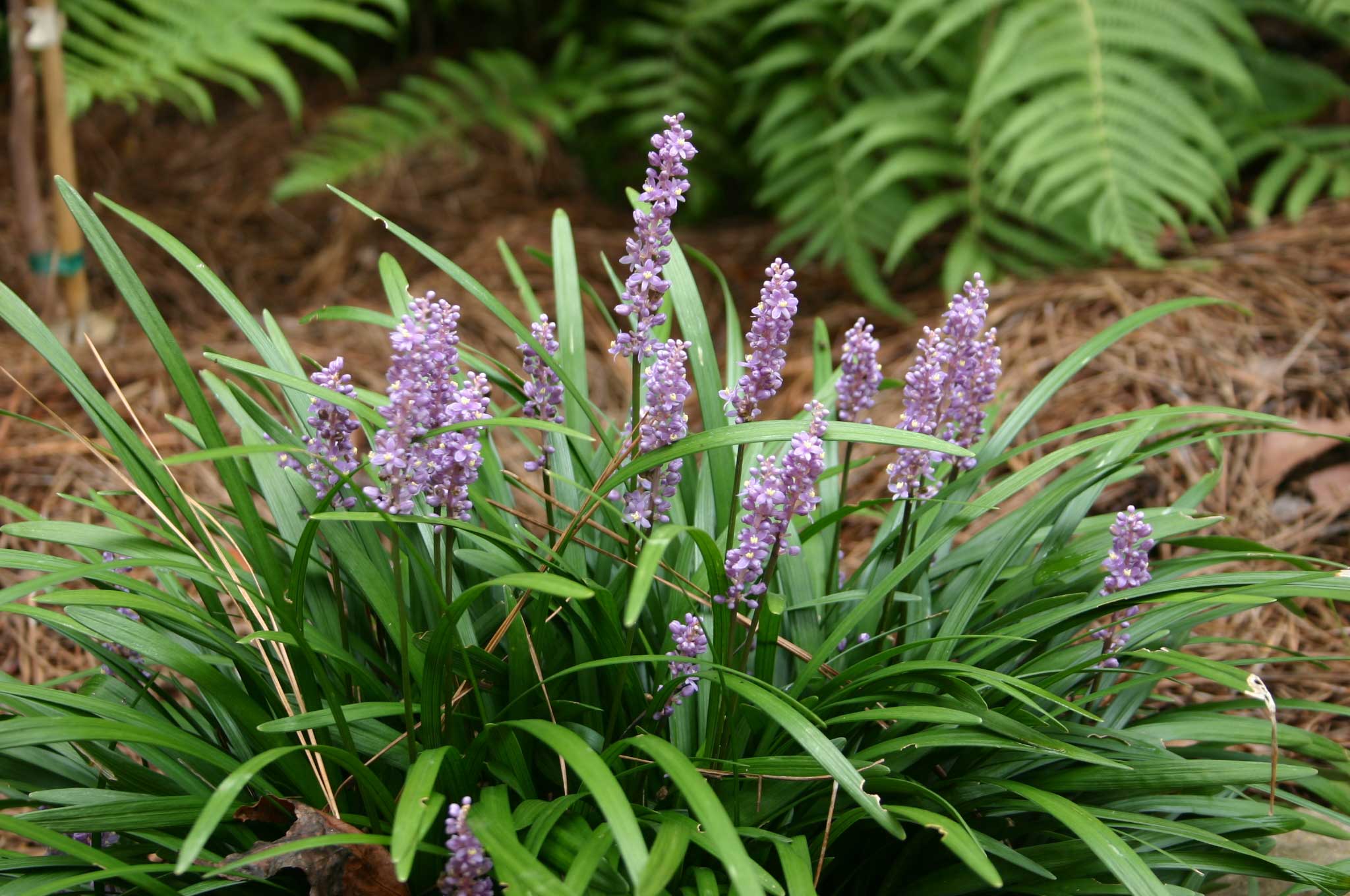
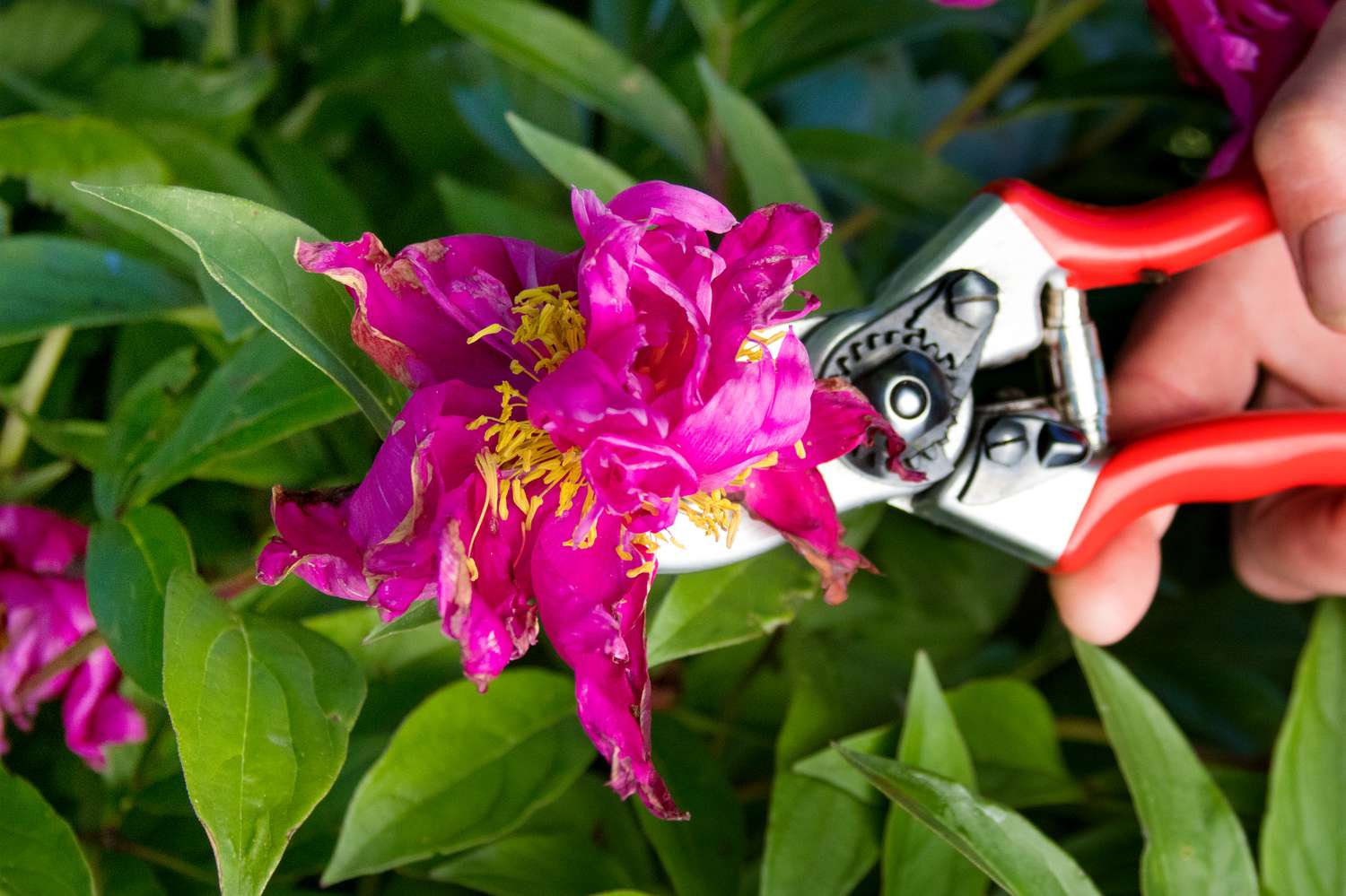

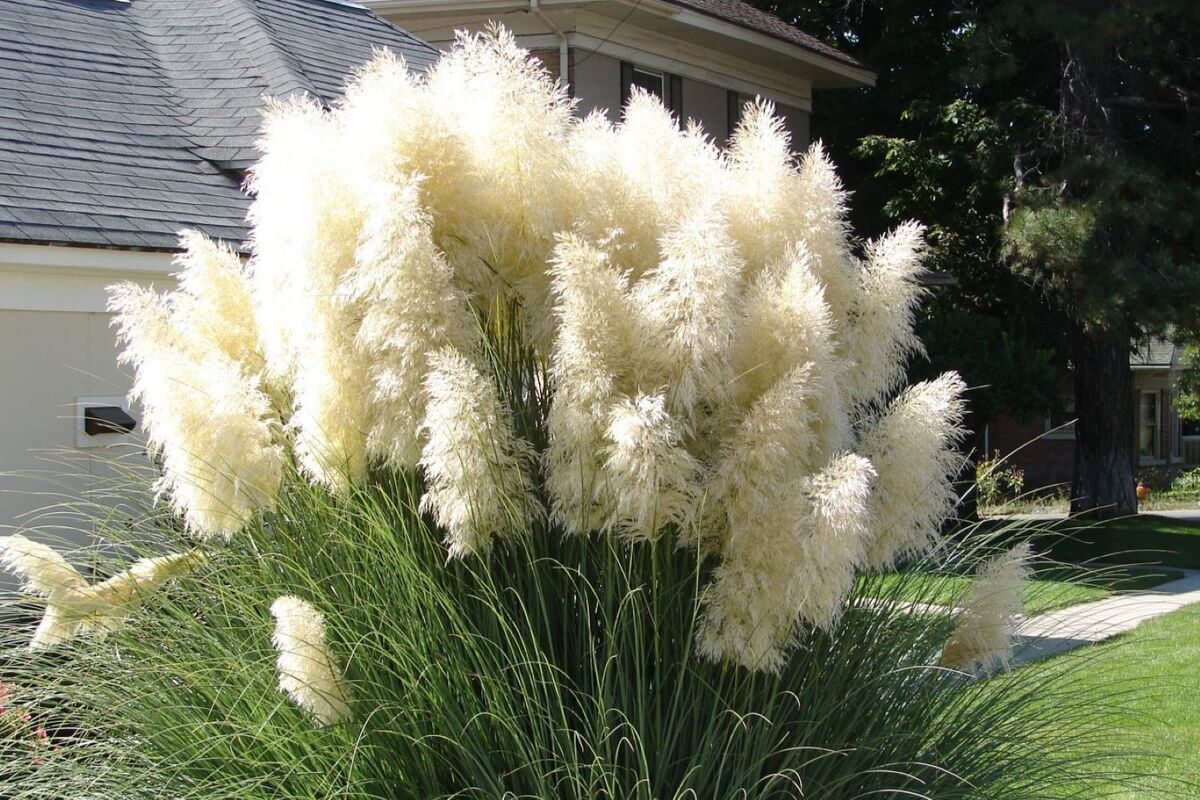
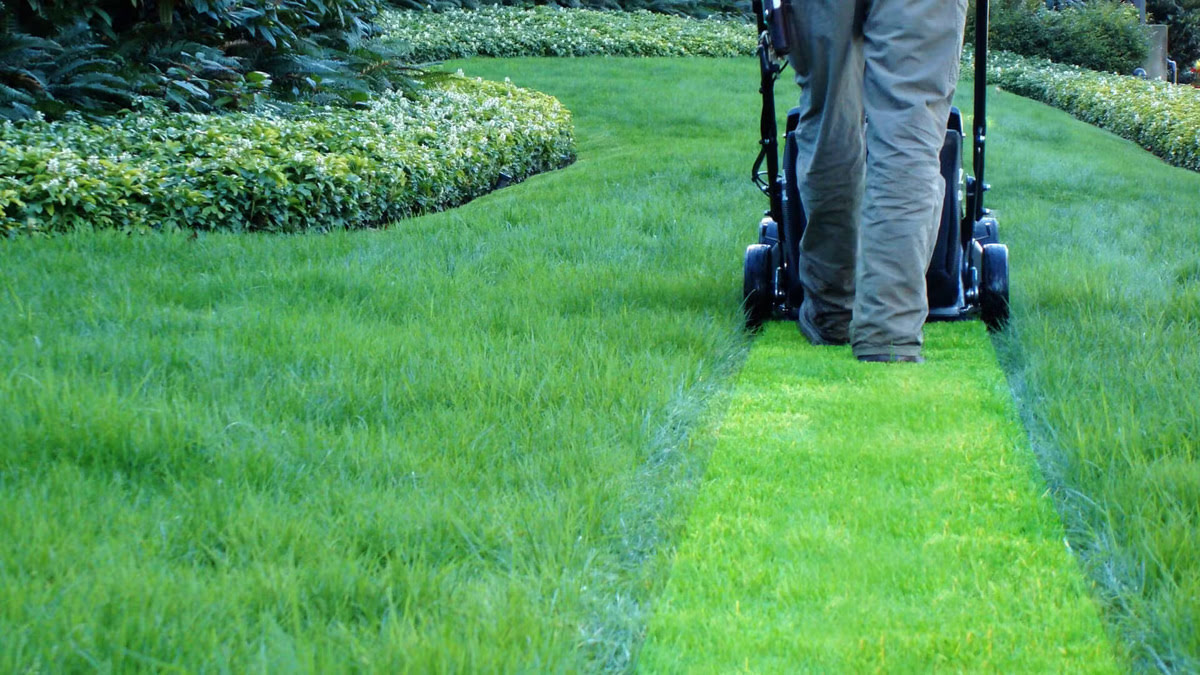
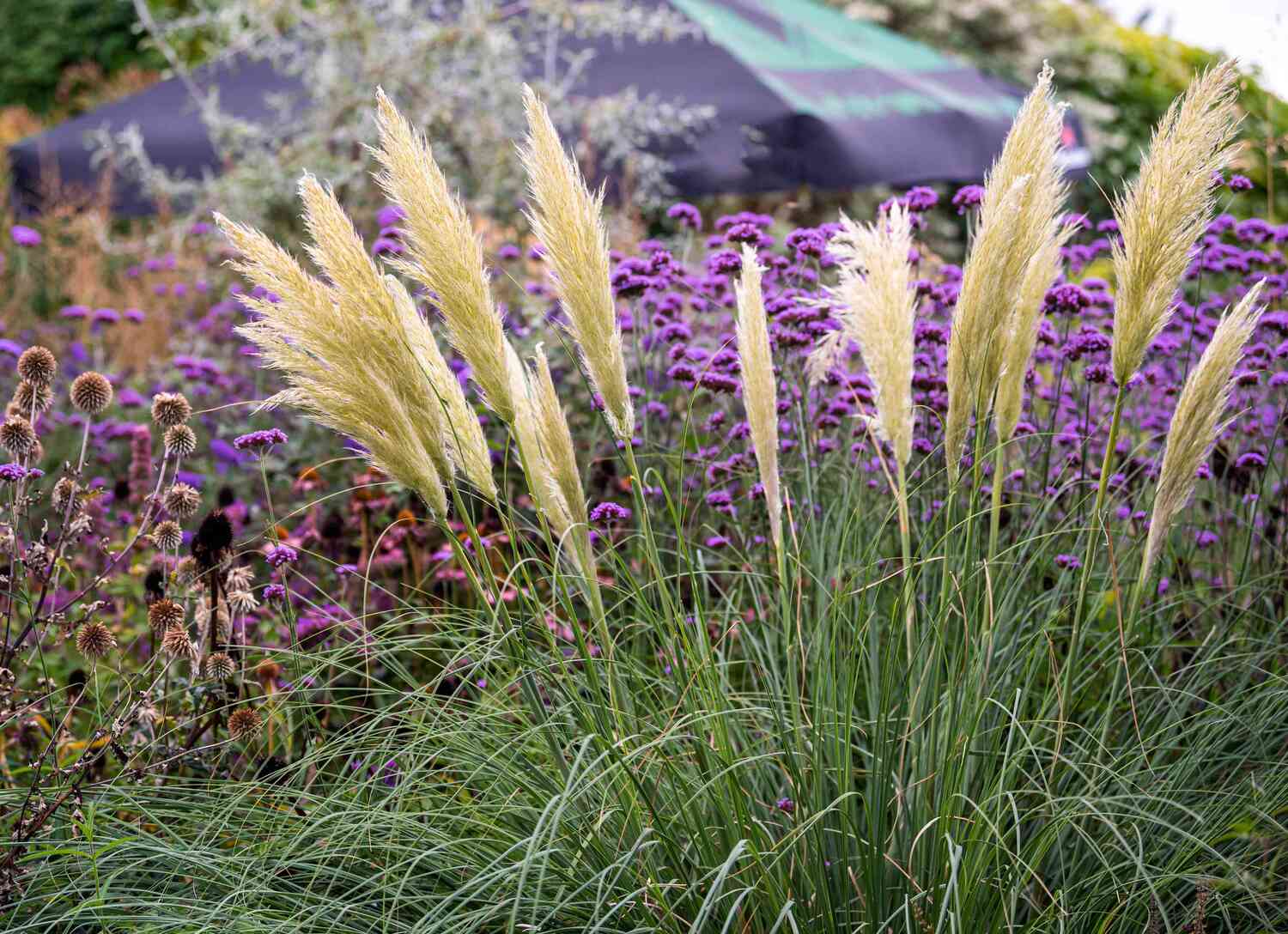
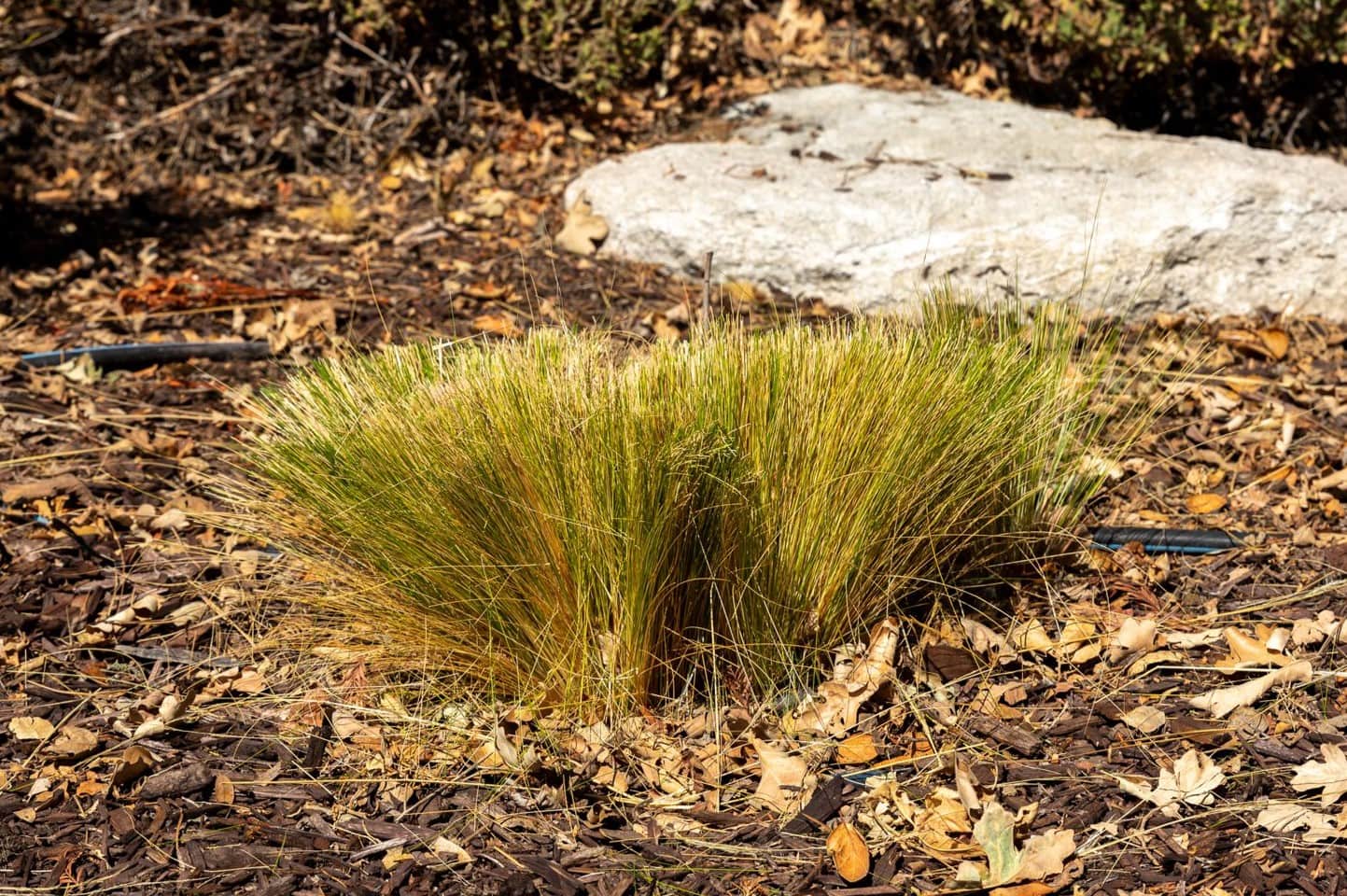

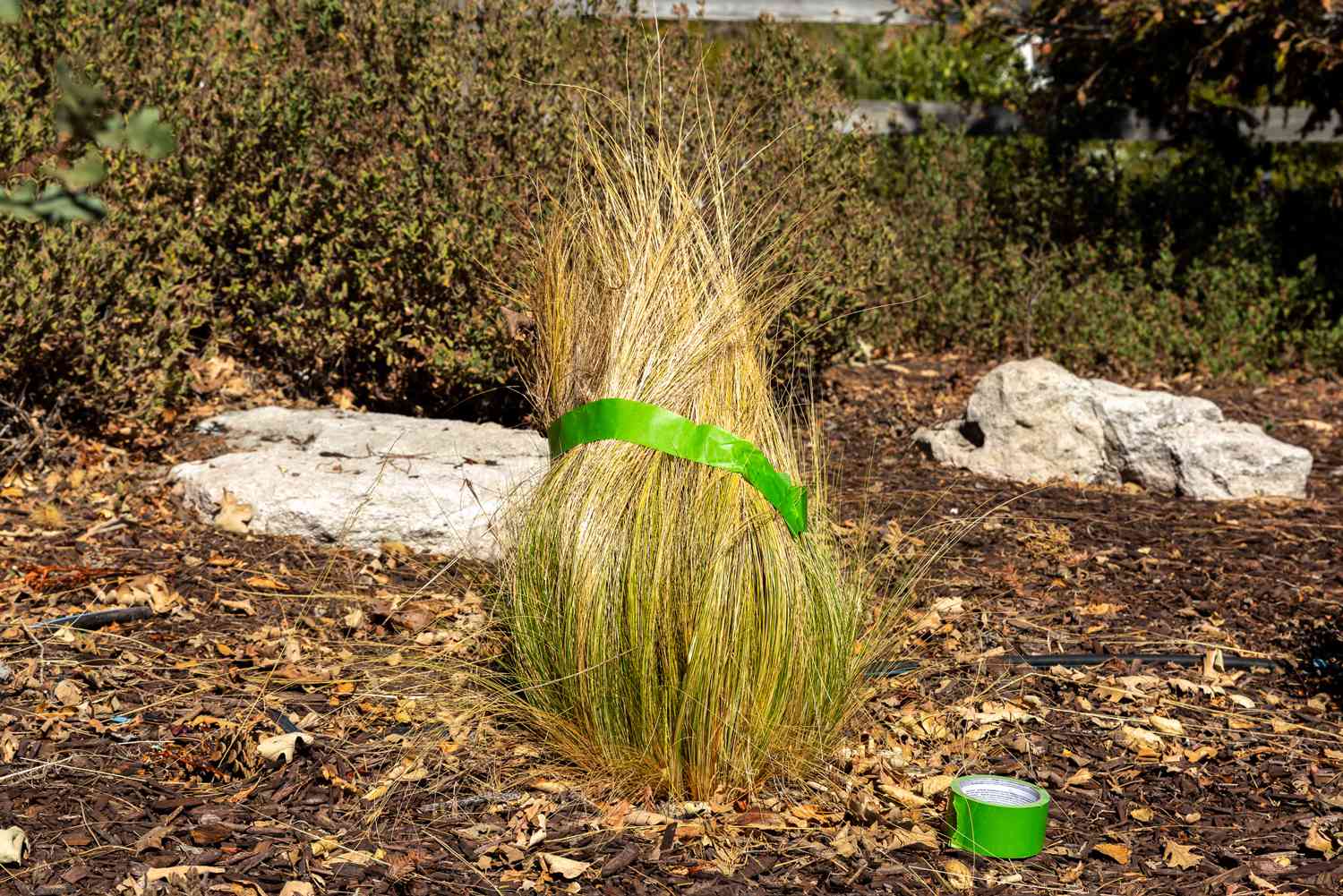

0 thoughts on “When Should Pampas Grass Be Cut Back”